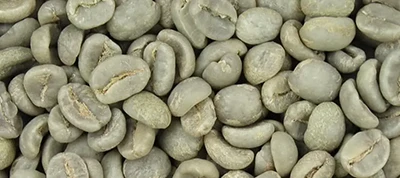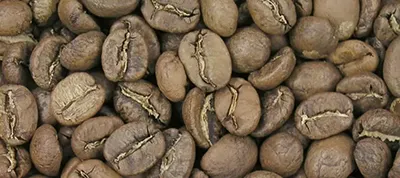Free delivery for purchases from CHF 45 in Switzerland!🇨🇭
Free delivery to Upper Engadin
Free delivery to Upper Engadin
Before roasting, the beans have a natural green color and a grassy aroma. After all, the smell is not yet coffee. When we roast the coffee, different aromas develop. These aromas are what make the coffee taste good. But with the Roasting Process we can affect these aromas and determine the taste we want.
“Roasting means transforming the properties of green beans into brown, which is drinkable coffee”.
As the coffee absorbs heat, the color changes to yellow and then to increasingly darker shades of brown. During later stages of roasting, oils appear on the surface of the beans. Roasting will continue to darken the beans until they are removed from the heat source.

Before the roasting process begins, the coffee beans must dry for approximately 4-6 minutes to collect energy. At the end of drying, the temperature reaches 160°C.
After 7-10 minutes of roasting, the grains begin to darken (brown color). A spicy aroma begins to develop from the aromatic components. Due to the gases (Carbon Dioxide and Monoxide) that are released, the beans increase in volume.
After 12-15 minutes, the pressure on the grains is strong. The reaction becomes exothermic. At this point the first “Crack” occurs. This means that the coffee is expanding, and the aromas develop. The acids in the beans are released. The sugars caramelize and the cell structure becomes more fragile. The roasting time is crucial to achieving the desired flavor. The temperature should reach 195°C. During this stage, the color of the grain changes from light to medium or dark brown. When the roasting process is finished, the beans are dumped from the drum onto the cooling sieve. Then the cooling process begins by circulating cold air.
The roasting degrees are measured by color and taste

This is the natural state of the beans before roasting. The coffee is raw and comes packed in bags right after drying and processing. The raw coffee bean tastes like grass and can be made into tea.

Light roast is more acidic and has more pronounced fruit flavors. The color is light brown. It preserves the aromatic oils of the beans, giving a smoother taste. It produces a less full-bodied coffee.

It has a medium brown color, with a heavier body than light roast. It has more caffeine than dark roasts, with a balanced flavor, aroma and acidity. It is ideal for filters, French presses, etc.

Dark roasts have more bitter flavors. The acidity is lower and the coffee is less full-bodied. Specialty coffees, when the roast is darker, become bitter and are mistaken for strong coffee.

CONVINCE YOURSELF OF OUR COFFEE
Café Santa Helena Specialty Coffee, Organic from Brazil
Compatible to Nespresso® System Machines
Natural Material, compostable and biodégradable